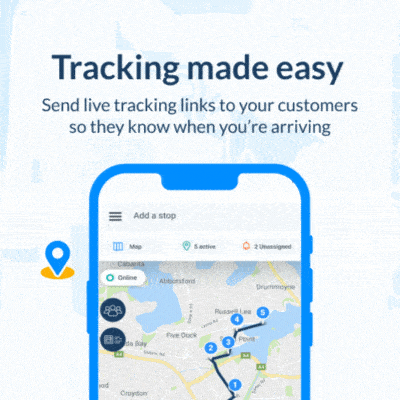Could a multi-million dollar bet position Australia at the forefront of the next technological revolution? A joint Australian and Queensland government investment aims to develop the world’s first “useful” quantum computer in Brisbane.
The industry, science, and resources department is partnering with PsiQuantum to make this happen. Beyond the scientific advancements and the potential for global computing, this partnership will also create approximately 400 local high-skilled jobs.
Australia’s quantum leap
According to the department, PsiQuantum will set up its Asia-Pacific base in Brisbane to “establish partnerships with our local quantum industry and advanced manufacturing clusters.” It will also create a dedicated climate research center.
This, in turn, will open the region to tech supply chain opportunities while securing university and research collaborations. Apart from job creation, the project could also add “an additional $48 billion in GDP by 2040.”
“Quantum computing will dramatically improve our ability to solve currently intractable problems,” the department says. “It will transform our approach to medical science, advanced manufacturing, and climate change.”
PsiQuantum believes with support from the Australian government, it could have an operational site up and running by 2027. PsiQuantum CEO, Professor Jeremy O’Brien, says this project will “ignite the next industrial revolution.”
“This platform will help solve today’s impossible problems and will serve as a tool to design the solutions we so desperately need to safeguard our future,” O’Brien explains.
Building a quantum workforce
According to Christopher Ferrie, a professor at the University of Technology Sydney and a member of the Australian Quantum Software Network, the challenge lies in training people in quantum theory and software.
“Australia has made its quantum hardware bet,” Ferrie says. “But even if the hardware works as planned, it will only be useful if we have people who know how to use it.”
He says training and education will become crucial over the coming decade, “not only to support this investment but also to expand Australia’s expertise so that it may become a net exporter in the quantum industry and a substantial player in the global race for a quantum computer.”
ALSO READ: Quantum computing in logistics: Balancing innovation and expectations
Quantum computing explained
Quantum computing is different from traditional digital computing since it utilizes the principles of quantum mechanics to process information. That means these computers are able to tackle complex problems that even the most modern devices today cannot even comprehend.
Classical computers use binary code known as bits, which is translated as either 1 or 0. Every action you take on your computer – like typing on your keyboard or opening a file – is the execution of a series of bits. Your PC might have a fast processor, but it still reads these bits one at a time.
Quantum computers, on the other hand, reads quantum bits (qubits) simultaneously, not sequentially. This allows them to process complex calculations at once and at unprecedented speeds.
The applications of quantum computing are vast, ranging from medical research and optimizing logistics to financial modeling and making artificial intelligence more powerful.
Image of Silicon Photonic Wafer. Credit: PsiQuantum/Alex Mack
Share this article
About the author
Cheryl has contributed to various international publications, with a fervor for data and technology. She explores the intersection of emerging tech trends with logistics, focusing on how digital innovations are reshaping industries on a global scale. When she's not dissecting the latest developments in AI-driven innovation and digital solutions, Cheryl can be found gaming, kickboxing, or navigating the novel niches of consumer gadgetry.














